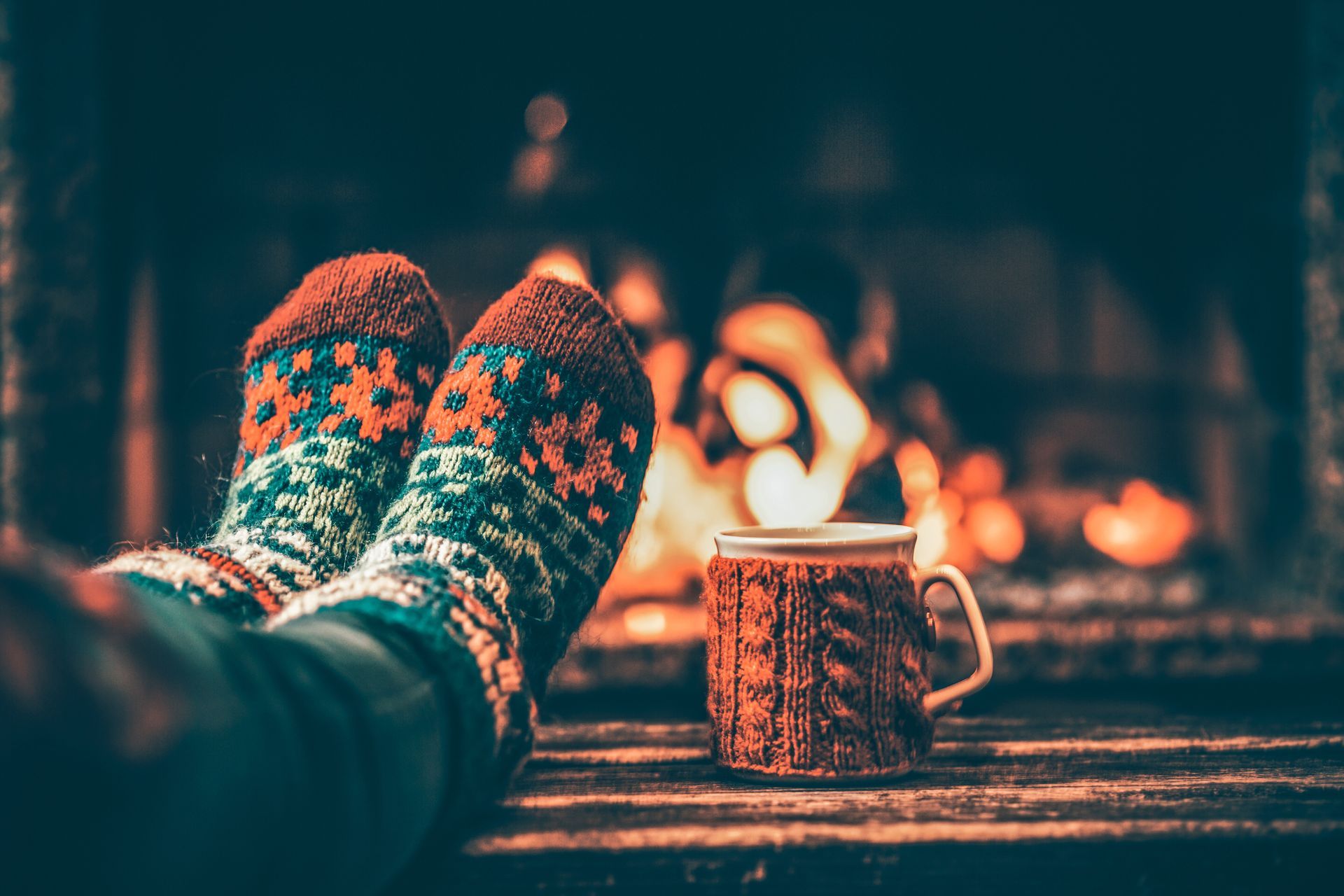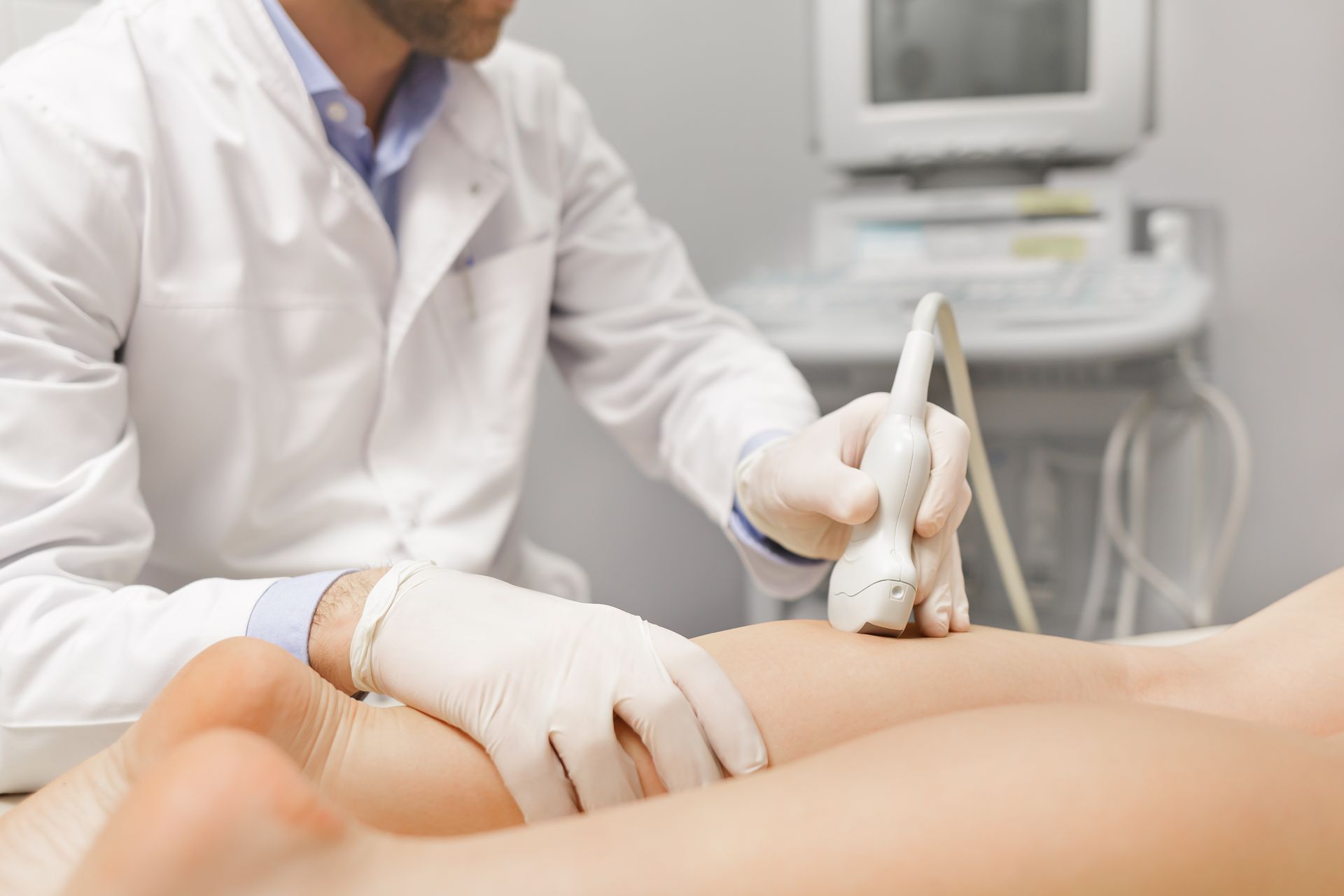From Cold to Warm: How to Protect Your Vascular System During Seasonal Changes
At Ascent Vascular Specialist, we understand the importance of protecting your vascular system during seasonal transitions. In this blog, we’ll explore how cold and warm weather affect circulation, offer tips on how to protect your veins and arteries during this time of year, and highlight the signs of circulatory issues you should be aware of.
How Cold Weather Affects Your Vascular System
Winter’s cold temperatures can have a significant impact on your vascular health. When the temperature drops, your body’s natural response is to constrict blood vessels to preserve heat and maintain your core body temperature. This is an essential mechanism for survival, but it can cause several challenges for people with existing vascular conditions, such as varicose veins, peripheral artery disease (PAD), or chronic venous insufficiency.
1. Restricted Blood Flow
Cold temperatures cause your blood vessels to constrict, limiting the flow of oxygen and nutrients to your extremities. This can lead to numbness or tingling in the hands and feet and may cause discomfort, particularly for individuals with poor circulation.
2. Increased Risk of Blood Clots
When your blood vessels constrict, blood flow slows down, which increases the risk of blood clots, particularly in the veins. This can be especially dangerous for individuals who are at risk for deep vein thrombosis (DVT), a condition where blood clots form in deep veins, typically in the legs.
3. Vein Health Strain
For individuals with varicose veins, the cold weather can exacerbate symptoms. The restricted blood flow caused by the cold can increase pressure on the veins, leading to discomfort, swelling, or worsening of varicose veins.
How Warm Weather Affects Your Vascular System
As spring rolls in and temperatures rise, your blood vessels begin to dilate (expand) to help regulate your body temperature. While this is generally beneficial and helps improve blood flow, it can also place strain on your veins and arteries if not properly managed.
1. Increased Blood Flow and Pressure
In warmer weather, your blood vessels relax and expand, allowing for more blood to flow through them. While this is great for circulation, it can also lead to increased pressure on weakened veins and arteries, especially in individuals who suffer from conditions like varicose veins or high blood pressure.
2. Swelling and Discomfort
As your veins expand, they may struggle to accommodate the increased blood flow, especially in the legs. This can lead to swelling, discomfort, or the development of new varicose veins. The increase in circulation during warmer weather can also bring on symptoms of chronic venous insufficiency, where blood is unable to flow efficiently back to the heart.
Tips to Protect Your Veins and Arteries During Seasonal Transitions
Whether you're adjusting from winter to spring or preparing for the warmth of summer, there are several ways to protect your vascular system and keep your veins and arteries healthy during seasonal changes.
1. Stay Hydrated
Hydration is crucial for maintaining healthy circulation year-round. In winter, the cold weather can often reduce your thirst response, but it’s important to drink plenty of water to keep your blood flowing smoothly. In spring, the warmer temperatures can cause you to sweat more, so it’s even more important to replenish fluids to avoid dehydration. Dehydration can lead to thicker blood, which makes circulation more difficult and can strain the cardiovascular system.
2. Dress Appropriately for Temperature Changes
When temperatures fluctuate between cold and warm, it’s essential to dress in layers to maintain proper body temperature without causing undue strain on your circulatory system. In winter, wear warm clothing that keeps your body insulated, especially around the legs and feet. Avoid tight clothing that could restrict blood flow, such as tight socks or boots.
In spring, as temperatures rise, it’s important to dress in breathable, loose-fitting clothes that allow blood flow to the legs and arms. Compression socks or stockings can be beneficial for individuals with varicose veins or circulation issues, as they can help improve blood flow and prevent swelling.
3. Gradually Increase Activity Levels
With the onset of warmer weather, it’s tempting to dive into more physical activity. However, if you’ve been sedentary during the winter months, it’s important to ease into activity to prevent overstraining your circulatory system. Start with low-impact exercises like walking or gentle stretching, and gradually increase the intensity and duration of your activities as your body adjusts to the temperature change. Physical activity is one of the best ways to keep your circulation in good shape, but it’s important to do so gradually to avoid strain on your veins and arteries.
4. Monitor Your Weight
Changes in weight can impact vascular health, particularly when transitioning between colder and warmer months. As you become more active in the spring, pay attention to maintaining a healthy weight. Excess weight puts additional strain on your veins and can lead to conditions like varicose veins and deep vein thrombosis (DVT). A balanced diet, combined with regular physical activity, can help reduce the risk of vascular issues.
5. Protect Your Skin
In both cold and warm weather, your skin can become dry and irritated, which can negatively affect your vascular health. In winter, use moisturizers to prevent dryness, which can lead to cracks or breaks in the skin, making it more difficult for blood to circulate. In spring and summer, don’t forget to apply sunscreen to protect your skin from UV damage, which can also affect circulation.
Signs of Circulatory Issues to Watch For
If you’re experiencing any of the following signs, it’s essential to consult a vascular specialist to ensure your circulatory system is in good health:
- Swelling in the legs, ankles, or feet, especially after long periods of sitting or standing.
- Pain or discomfort in the legs or feet that doesn’t subside with rest.
- Visible varicose veins or new, enlarged veins.
- Skin discoloration around the ankles or lower legs.
- Numbness or tingling in the extremities.
Recognizing the signs of circulatory issues early can help prevent more serious conditions, such as blood clots or chronic venous insufficiency.
Protect Your Vascular Health with Ascent Vascular Specialist
At Ascent Vascular Specialist, we are dedicated to helping you maintain healthy veins and arteries during every season of the year. Whether you're transitioning from the cold of winter to the warmth of spring or just need advice on maintaining vascular health, our team is here to support you every step of the way.
If you’re concerned about your vascular health or have noticed any signs of circulation problems, don't hesitate to schedule a consultation with one of our experienced specialists today.
Conclusion
The transition from cold to warm weather presents unique challenges for your vascular system. By staying hydrated, dressing appropriately, and gradually increasing physical activity, you can help protect your veins and arteries during this seasonal change. Remember, early detection and prevention are key to maintaining healthy circulation and preventing long-term damage.
At
Ascent Vascular Specialist, we’re here to help you navigate the seasonal changes with expert care and advice for maintaining optimal vascular health.



Office Address:
1140 Edwards Village Blvd. B204
Edwards, CO 81632-5562
Mailing Address:
1300 N. Frontage Rd. W. #4994
Vail, CO 81657-9998
All Rights Reserved | Ascent Vascular Specialists and Vein Center
Website Design by Infinity Medical Marketing | Privacy Policy



